February 2018 Newsletter
Sea to Shining Sea Newsletter - February 2018
Between African American History Month, Women's History Month, and Marine Debris Month, there's a lot to celebrate in our national marine sanctuaries in February and March! Dive into this month's newsletter to explore these topics at greater depth.
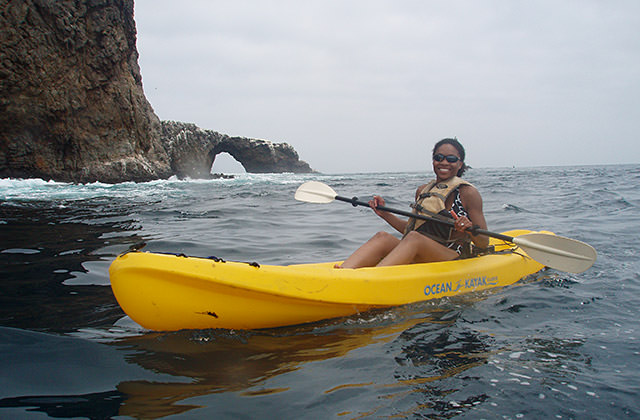
ONMS Celebrates African American History Month with New Story Map
The story map shares stories from the communities and waters across the National Marine Sanctuary System about individuals, extraordinary acts of courage, and enduring traditions that are only a small piece of the larger African American maritime tradition that helped build and shape our nation.
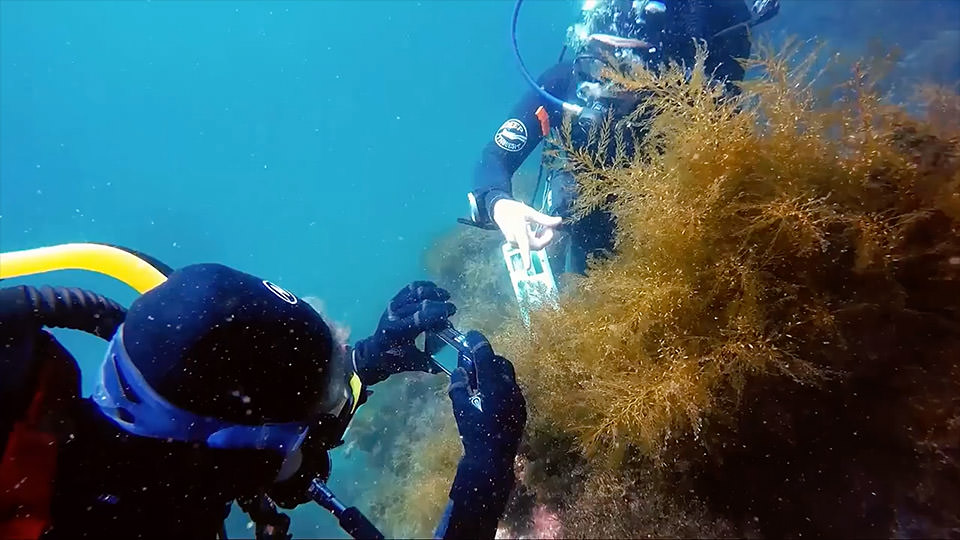
Underwater Landscaping: Foster Scholar Lindsay Marks removes invasive seaweeds around Channel Islands National Marine Sanctuary
There's an invasion beneath the waves at Channel Islands National Marine Sanctuary. It’s not an alien invasion — although the invaders themselves are green.
Finding sanctuary for right whales: A Q&A with Dr. David Wiley
For years, North Atlantic right whales were hunted for their oil and baleen, which devastated the population. NOAA scientists, resource managers, and partners are working to bring this conservation challenge into focus and to galvanize efforts to save the North Atlantic right whale.

Pop Quiz: How do you disentangle a 40-ton whale from a tangle of gear?
Each year, thousands of whales, dolphins, porpoises, and seals become entangled in marine debris. The partnership, which includes Hawaiian Islands Humpback Whale National Marine Sanctuary working closely with NOAA Fisheries, has freed 22 large whales from life-threatening entanglements and recovered more than 9,500 feet of larger gauge line from entangled whales.
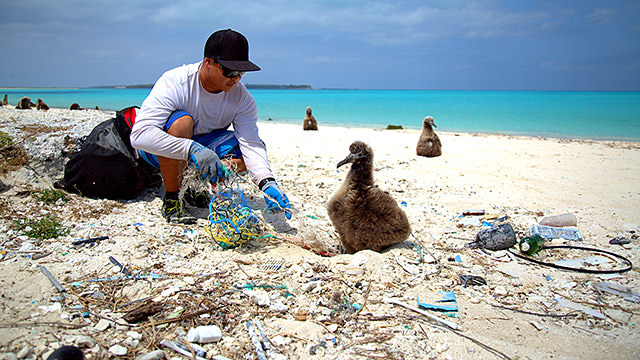
New Toolkit Helps Students and Teachers in the Fight Against Marine Debris
Teachers and students can use this toolkit to conduct marine debris surveys and can enter their data into a national database, analyze monitoring results, and become involved in marine debris stewardship within their communities.
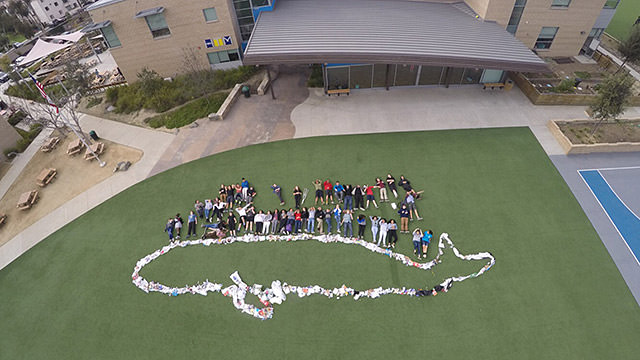
Students lead the zero waste movement by combating marine debris
What will the overall health of the ocean look like in the future? In response to the overwhelming presence of plastic pollutants in marine ecosystems, students are taking matters into their own hands by raising awareness about this global environmental issue.
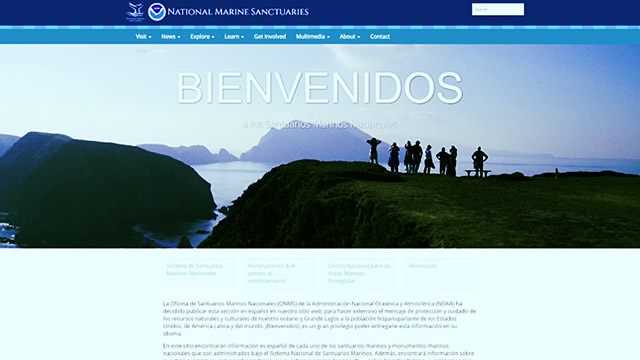
Sanctuaries Webpage - now ¡en Español!
Spanish is a predominant language in many Sanctuary communities. This portal contains translated information about NOAA's National Marine Sanctuary System, programs, partners, marine conservation and education activities, as well as information about the National Marine Protected Areas Center now in Spanish.


